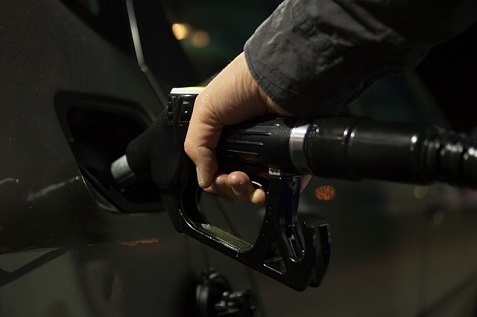Why Gas Prices Change So Often

Gas prices are notoriously fickle. They can spike unexpectedly, or conversely tumble, on multiple occasions during any given year. And over time some real dramatic changes can happen. For example, just over five years ago, the national average for gas was a little over $4 per gallon, yet today prices are close to 50% of that. Have you ever wondered why the price of gas changes so often? There are a variety of factors at play – some season-dependent, some state-specific, some globally significant, and some because of unpredictable weather-related effects. Here are seven main reasons:
Oil is volatile
The most obvious determinant of gas prices is the price of the resource gasoline originates from: crude oil. Changes in gas prices tend to track fluctuations in crude oil and there are many factors that play into the equation. Today, oil prices are low due to Saudi Arabia’s hesitance to cut their ramped up output and a booming North American oil production. It is simply a matter of economics, when supply of a commodity is high, prices typically drop.
Summer Blend Gas
Monroevillechryslerjeep.com explained to us that gas stations sell summer blend gas during the hot summer driving season, and then go back to winter blend gas during winter months. The reason for summer blend gas comes down to attempting to control VOCs (volatile organic compounds) that are more destined to evaporate the hotter it gets. More VOCs in the air means more smog, especially in summer. Unfortunately, mixing up summer blend gas–which has less volatile ingredients–costs more money per gallon. Typically, summer blends are some 10-15 cents per gallon more expensive than winter blends are.
Weather
Weather-related disasters, such as hurricanes, can also cause a rise in gas prices. The majority of American refineries and numerous oil drilling platforms are near the Gulf Coast where late summer hurricanes and tropical storms sometimes disrupt operations.
Needs
Drivers tend to hit the roads more in the summer, driving up demand for gas, and raising prices as well (again, supply and demand). In the winter, messy weather and rough roads encourage motorists to keep the car in the garage – or at least avoid lengthy road trips and that drives demand down.
Where are you?
Gas prices vary widely based on where you are, after all it takes money and time to transport gasoline to locations that are far away from petroleum distilleries. Would you like a good example? In remote Hawaii, with no nearby distilleries, gas prices are typically some 30% higher than on the mainland.
The Gas Tax
Where you live may have a big effect on what you pay for gas because of local taxes. South Carolina, for example, taxes gasoline sales at about 35.15 cents per gallon (when this article was written) while North Carolina taxes roughly 55.15 cents a gallon. And those tax differences are passed directly to consumers. Big surprise.
When Refineries Close Seasonally
Refineries tend to do regular upkeep work in the spring and fall, which can lead to interruptions in the supply of gas. Even though this switch over takes just a few weeks, the resulting gas flow interruption drives prices up a bit. Springtime, in particular, is a time when refineries shut down on gas production because they need time for switching over to summer blend gasoline.
Article courtesy of: Monroeville Chrysler Jeep
Related Posts
Posted in: Lifestyle
Tags: car info for men





